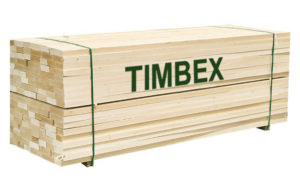HARD MAPLE TIMBER
Maple species have stable timber, especially Sugar maple in North America, and Sycamore maple in Europe. Sugar maple wood is usually known as “hard maple.” Hard maple is durable wood. Maple wood is frequently graded based on physical and aesthetic characteristics.

Hard Maple timber

Hard Maple timber (endgrain)

Common Names: rock maple, hard maple, sugar maple
Latin Name: Acer saccharum
Tree Size: 25-35 m tall, 0.6-1.0 m trunk diameter
Average Dried Weight: 705 kg/m3
Janka Hardness: 6,450 N
Common Uses: veneer, flooring (from basketball courts and dance-floors to bowling alleys and residential), paper (pulpwood), butcher blocks, musical instruments, cutting boards, workbenches, baseball bats, and other turned objects and specialty wood items.
Comments: In tree form, Hard Maple is generally referred to as sugar maple, and is the tree most often drained for maple syrup. Sugar maple’s leaves (pictured below) are the form that most people connect with maple leaves; they typically have 5 or 7 lobes, with vibrant autumn coloring ranging from yellow to purplish red.
Hard Maple ought to be respected as the king of the Acer genus. Its wood is more powerful, stiffer, harder, and denser than all of the other species of Maple commercially available in lumber form. For more data, please see the article on the Differences Between Hard Maple and Soft Maple.
Workability: Very simple to work with both hand and machine tools, though slightly more complicated than soft Maple due to Hard Maple’s stronger density. Maple does burn when being machined with high-speed cutters, such as in a router. Turns glues and finishes properly, though blotches can occur when staining, and a pre-conditioner, gel stain, or toner may be required to get an even color.
